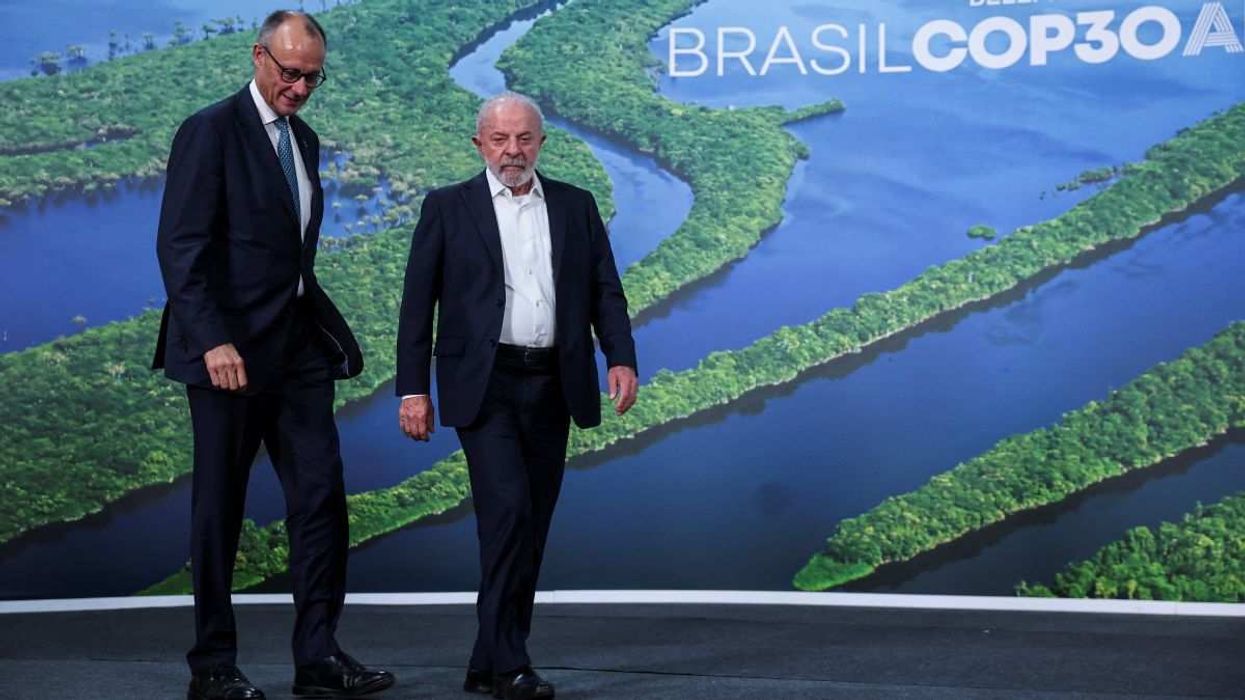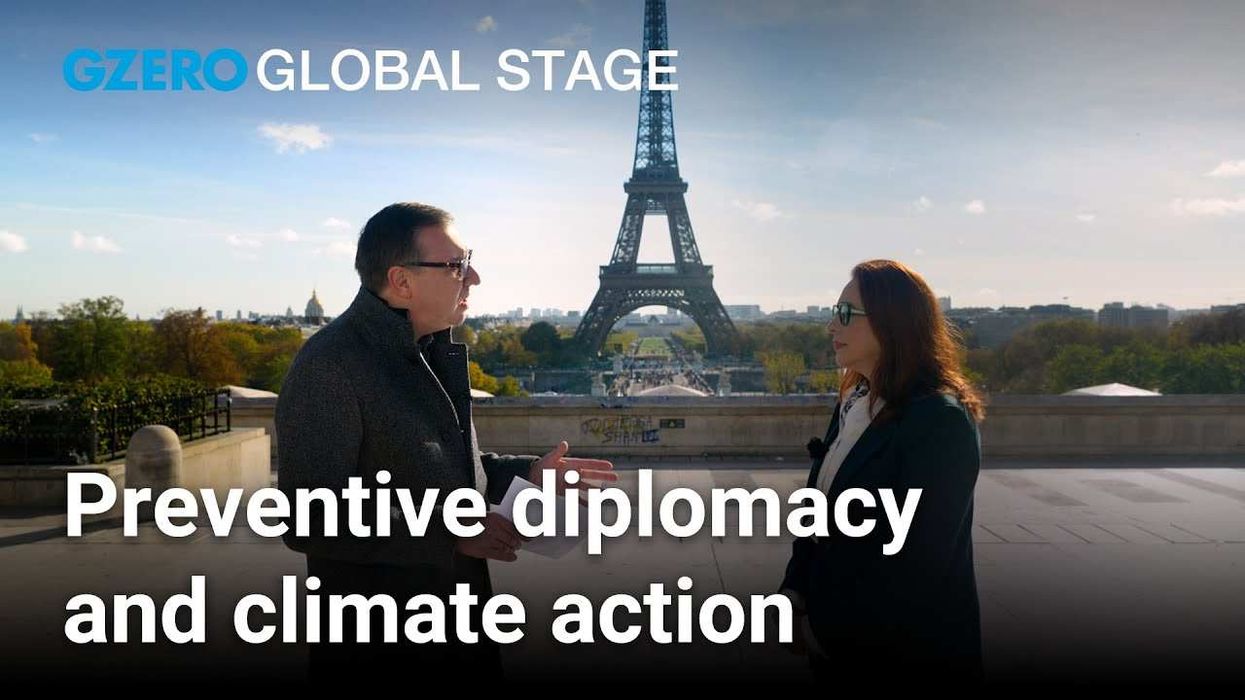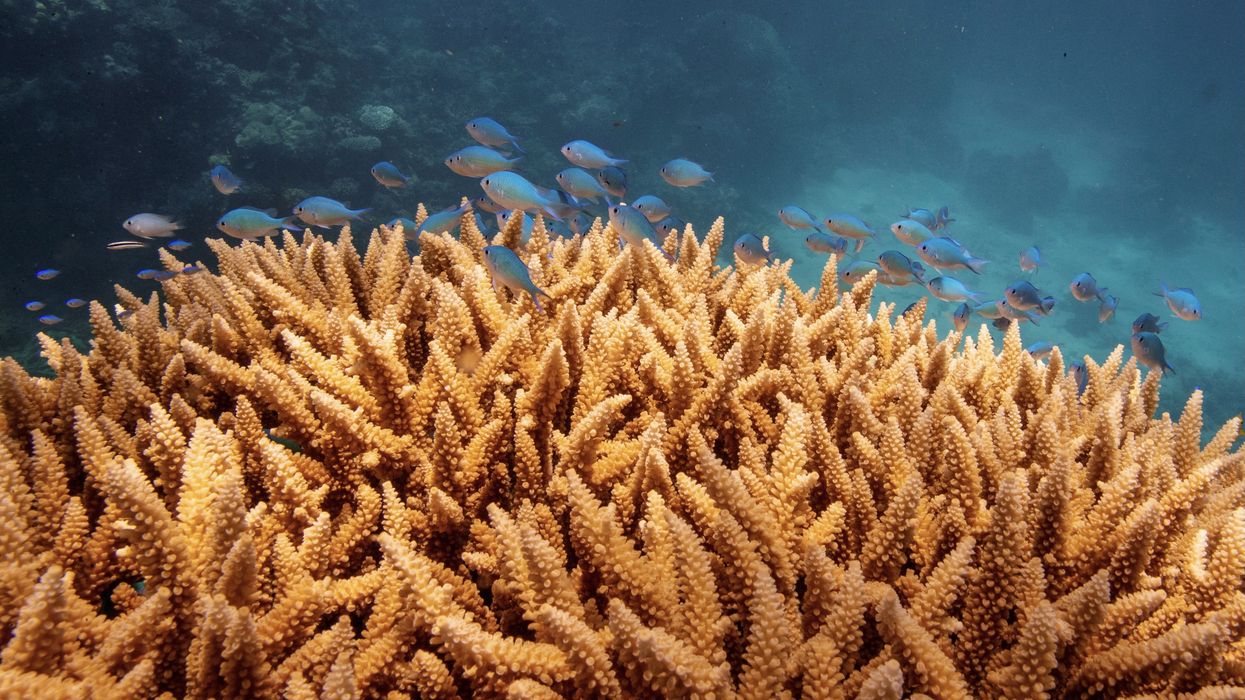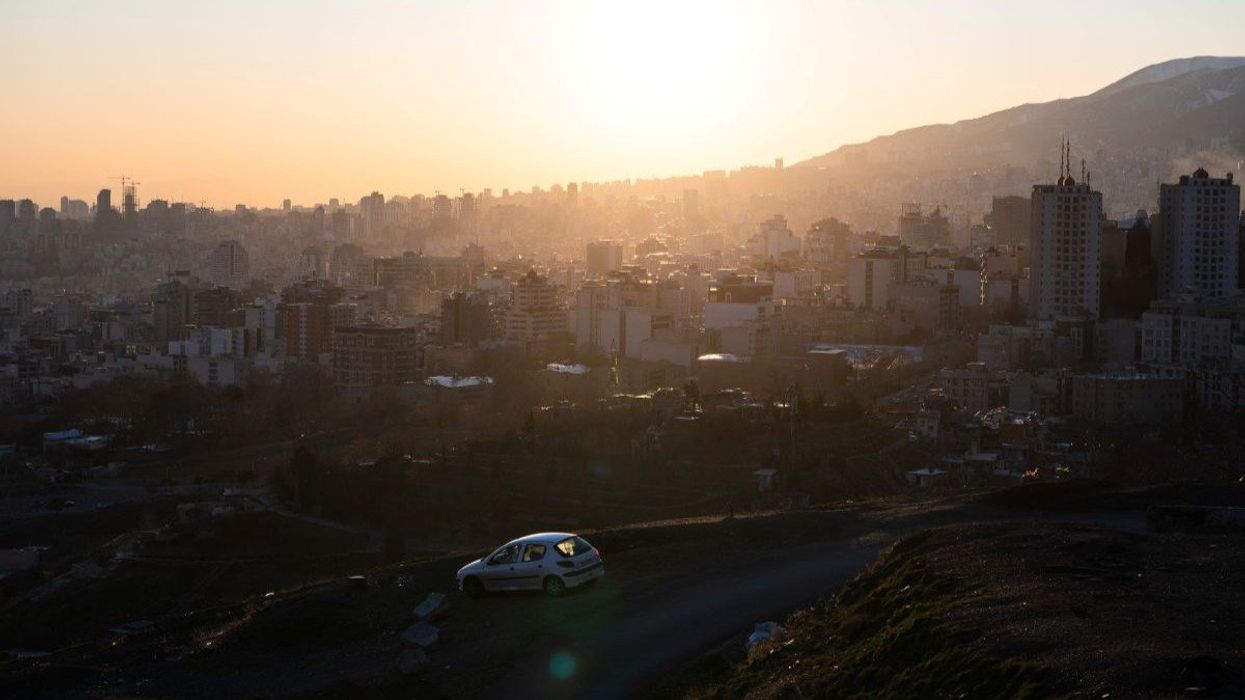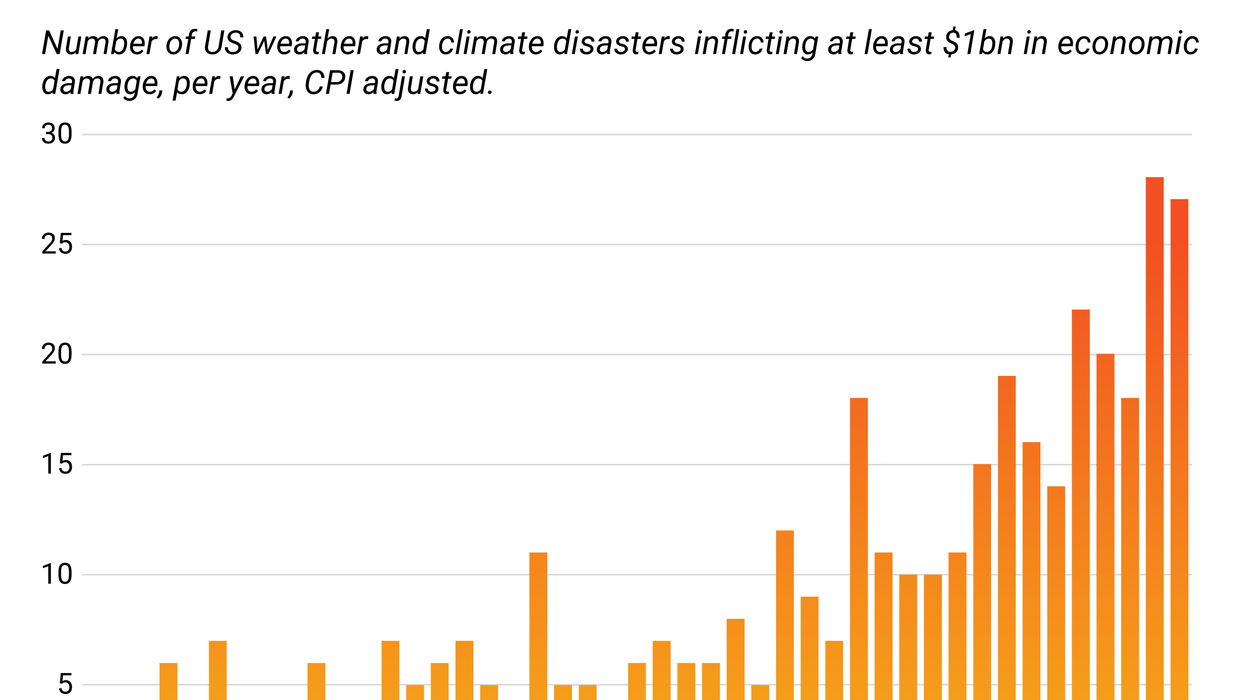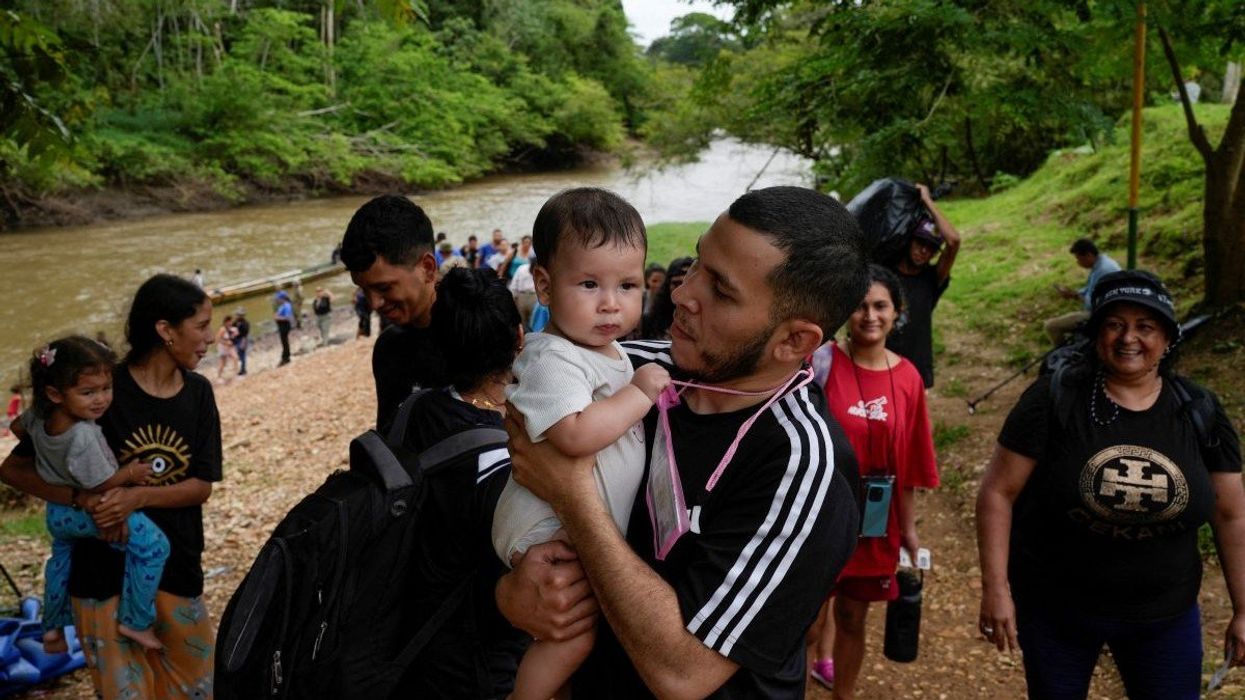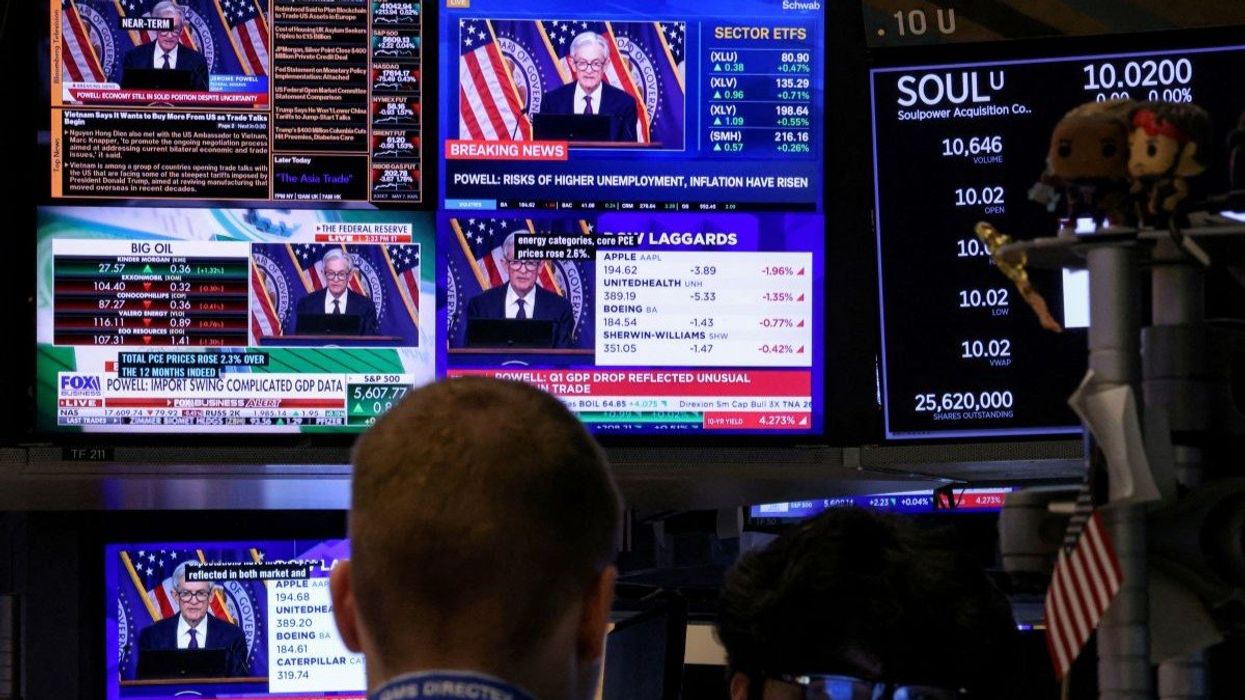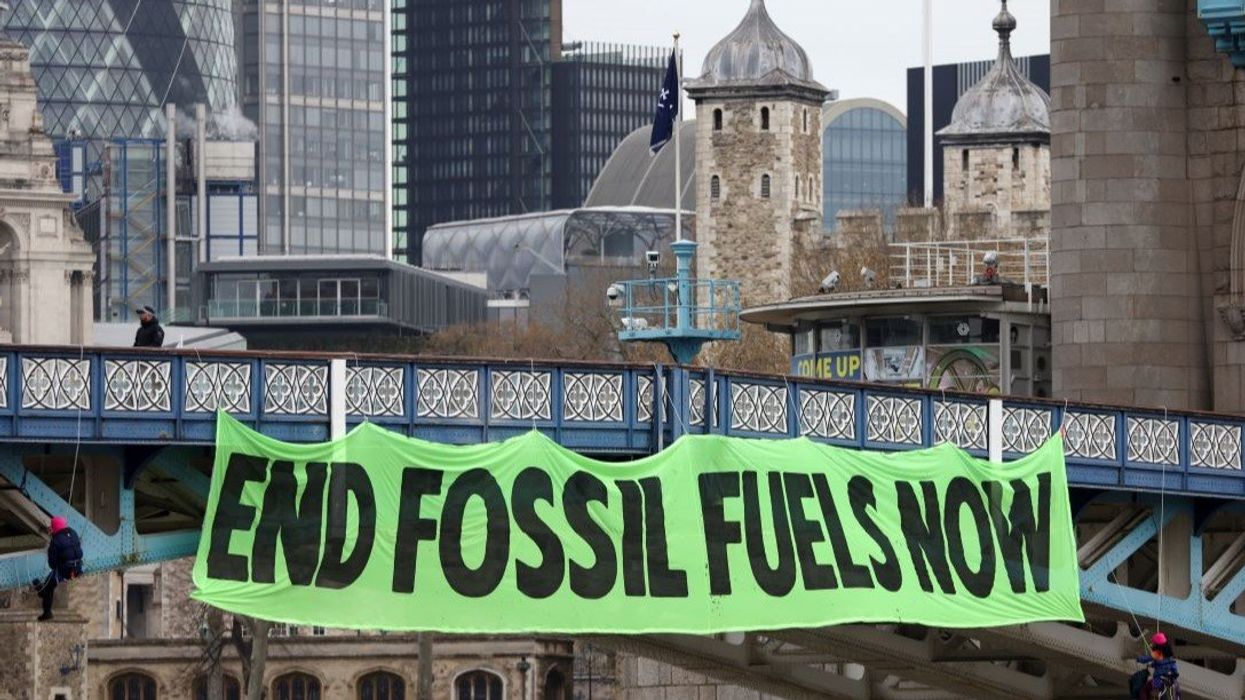Analysis
Q+A: Climate tries for a comeback at COP30
When it comes to global warming, the hottest ticket in the world right now is for the COP30 conference, which runs for the next week in Brazil. But with world leaders putting climate lower on the agenda, what can the conference achieve?
Nov 07, 2025
